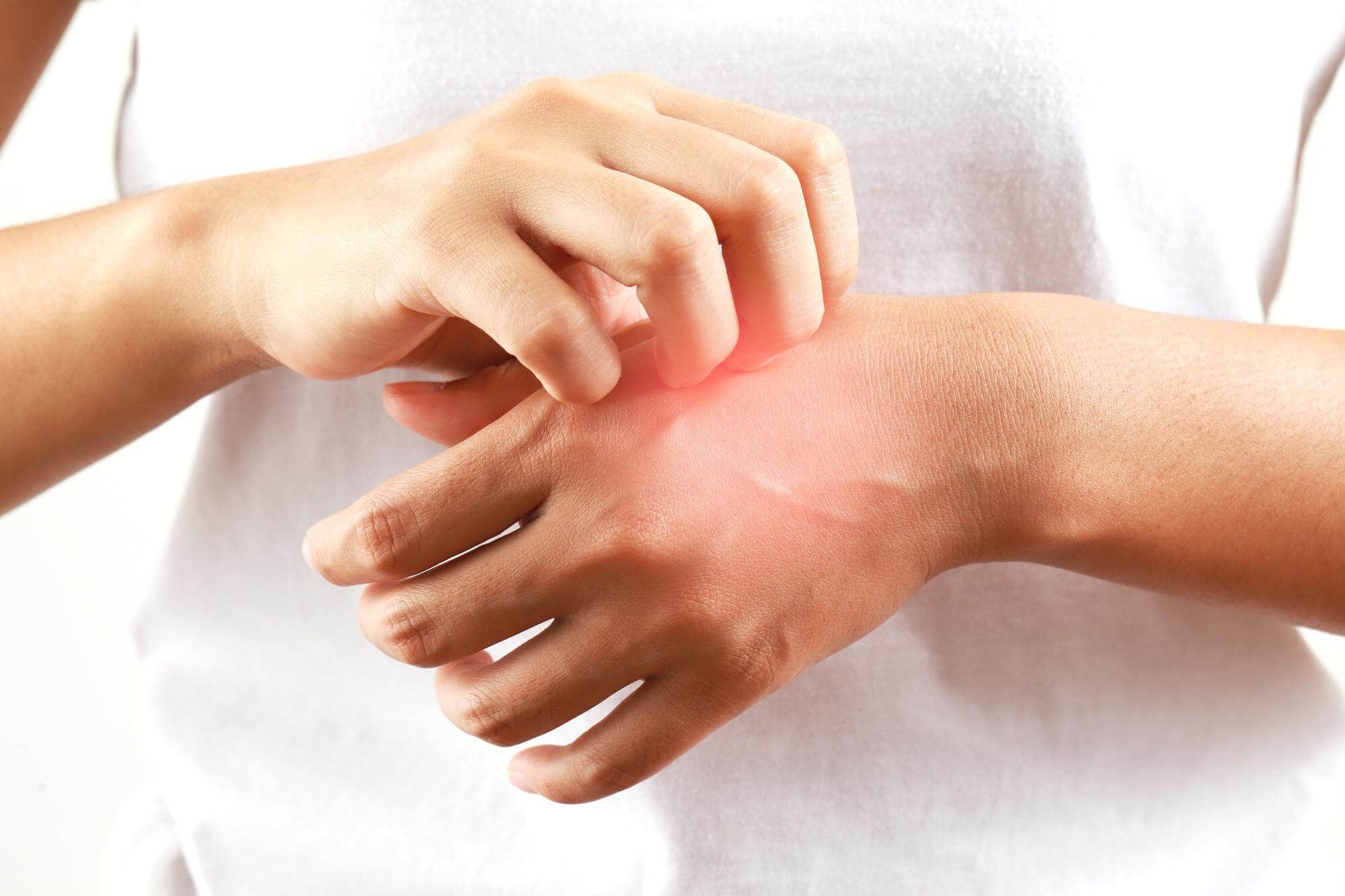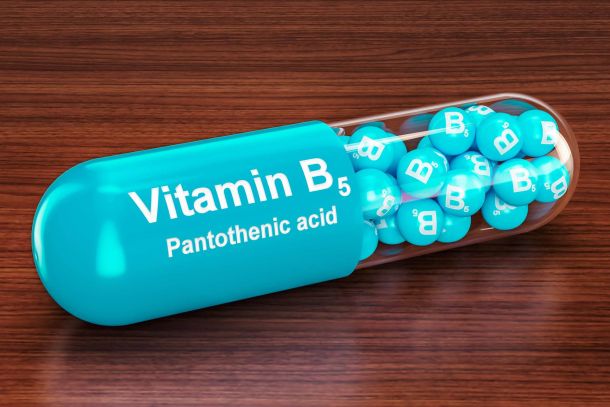How to avoid problems with chocolate allergy


Irina Makarova
What is chocolate allergy and how does it manifest?
Chocolate allergy is an immune system reaction to certain components in chocolate. It most commonly affects children, but can also occur in adults.
Common signs of chocolate allergy
Symptoms of chocolate allergy can vary and include the following:
- Skin reactions: hives, itching, swelling, redness;
- Respiratory symptoms: difficulty breathing, coughing, runny nose;
- Gastrointestinal symptoms: nausea, vomiting, diarrhea, stomach pain.
Causes of chocolate allergy

The main components of chocolate that can cause allergy are:
- Cocoa beans;
- Milk (especially in milk and white chocolate);
- Soy lecithin;
- Nuts added to some types of chocolate.
Risk factors for chocolate allergy include:
- Family history of allergy;
- Presence of other allergic reactions;
- Frequent consumption of chocolate.
How to diagnose chocolate allergy
To diagnose chocolate allergy, an allergist may prescribe the following tests and evaluations:
- Blood tests for total and specific immunoglobulin E (IgE);
- Skin tests with allergens;
- Provocative tests with controlled intake of chocolate.
Treatment and prevention of chocolate allergy

In case of an allergic reaction to chocolate, the following medications may be applied:
- Antihistamines (such as Suprastin, Tavegil, Zyrtec, Claritin);
- Hormonal ointments or creams (for example, Hydrocortisone, Advantan) for relieving skin symptoms;
- Corticosteroids (Prednisolone, Dexamethasone) in case of a severe allergic reaction.
Alternative methods for treating chocolate allergy include:
- Homeopathy;
- Traditional Chinese medicine;
- Immunotherapy (such as allergen-specific immunotherapy).
Chocolate allergy in children
Chocolate allergy in infants and preschool children may manifest more acutely and quickly, as their immune system is not fully formed yet. It is important to monitor the child's diet and avoid foods containing chocolate or its components.
Dark, milk and white chocolate allergy

The likelihood of allergy to different types of chocolate depends on their composition:
- Dark chocolate contains more cocoa, and the likelihood of allergy to it is higher in people with allergy to cocoa beans;
- Milk chocolate contains less cocoa and more milk, so allergy to it is often associated with milk protein allergy;
- White chocolate does not contain cocoa mass, but contains a lot of milk, and allergy to it is usually associated with milk allergy.
What to eat if you have chocolate allergy: alternative products
If you or your child have chocolate allergy, you should look for alternative products. Some of them:
- Candies and desserts based on fruits, nuts, and seeds;
- Chocolate substitutes based on carob (the fruit of the Ceratonia tree);
- Desserts made from corn syrup, rice syrup, or agave.
Chocolate allergy is a fairly common phenomenon, especially in children. It is important to know how chocolate allergy manifests itself and what it looks like in order to seek timely medical attention. In this article, we have discussed the main symptoms of chocolate allergy, its causes, diagnosis, and treatment, as well as alternative products for consumption in case of chocolate allergy. If you or your child experience symptoms of allergy after consuming chocolate, it is necessary to consult an allergist for diagnosis and prescription of appropriate treatment.
New materials
Popular Articles
We recommend reading
Contact us in the Contact Us section to ask questions, offer ideas, or for more information about our allergy resource.
Our articles are your trusted source of allergy knowledge. Learn how to make life with allergic reactions easier on our specialized portal.
©
Lechenie-Allergii.com. All rights reserved.
© Lechenie-Allergii.com. All rights reserved.
The information on this site is for informational purposes only and is not a substitute for professional medical advice. We recommend consulting with qualified medical professionals for accurate information and advice.
 English
English  Українська
Українська  Русский
Русский 









